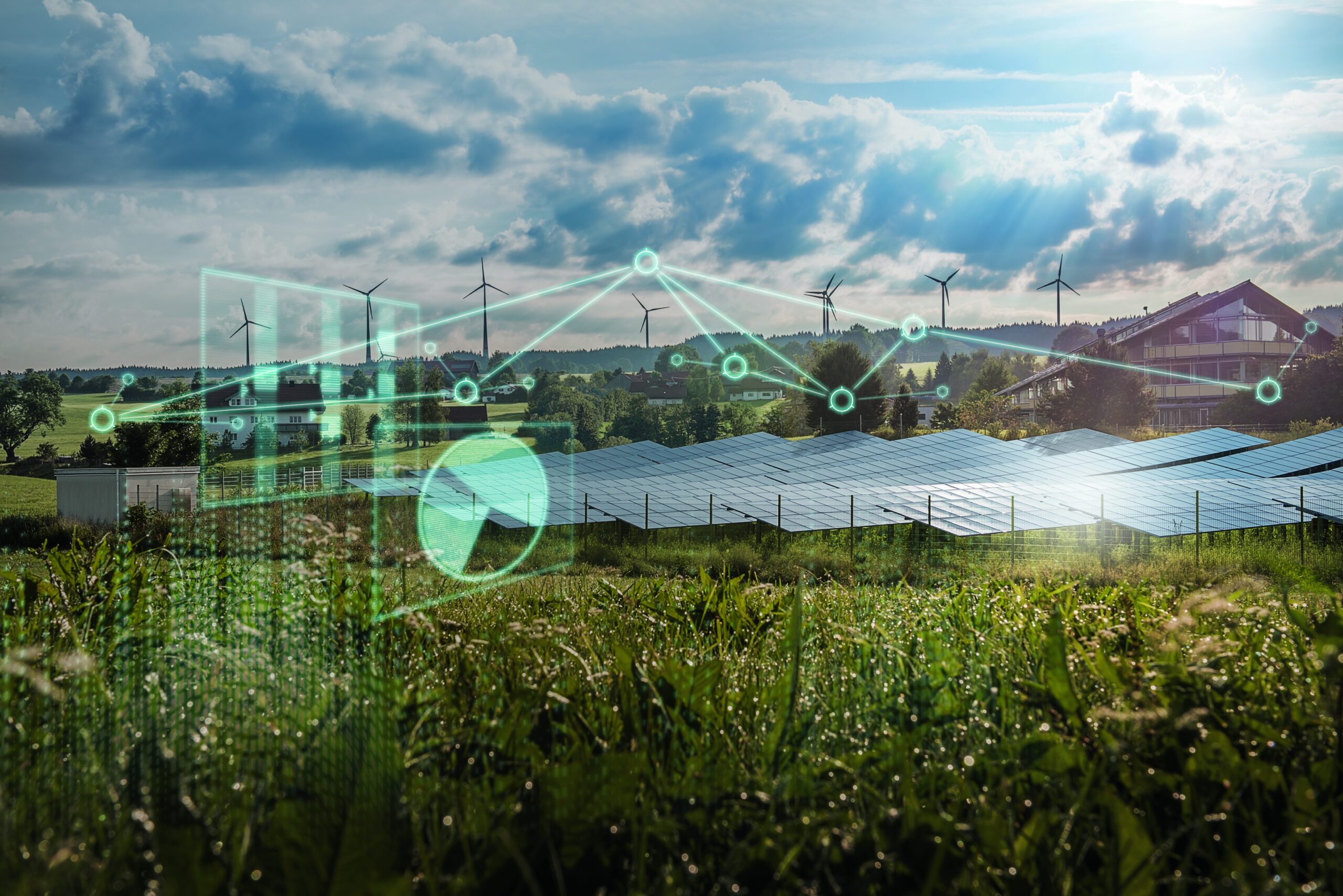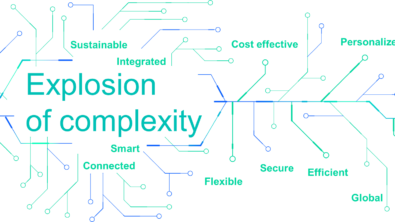Updating the electrical grid with MBSE

Electrical grids are fascinating works of engineering – moving the energy potential of electrons hundreds of miles at a time to power so many essential parts of our modern world. But in the same vein they are also one of the most complicated systems of human hand, not only connecting sources and sinks from point to point but delivering a network between all of them. And as the way we consume the power these grids deliver changes we will have to tackle some of the challenges in delivering power reliably. Even without adoption of electrified transportation or industrial processes, the energy consumed around the world is only expected to increase as more people are connected to electrical services. Fortunately, this evolution will have some help from the brightest minds using the best model-based systems engineering (MBSE) solutions.
Increased power demand coupled with a shift to renewable sources of energy is straining the current distribution systems built around high-load and constantly running electrical sources – think hydropower, nuclear power and fossil-fuel combustion. Each operates differently and has specific applications in today’s electrical grid, but all of them are high-output and highly centralized power sources. Compared these to high localization of solar, wind and even tidal power generation and it is easy to see big changes in how the grid functions. This is where MBSE based automation comes into play, to understand what the new requirements are and how to implement a new set of rules for the grid to meet them.
Sources and sinks
The ways electricity is being generated (source) and used (sink) is changing very rapidly which is having a major impact on how the two are balanced by grid operators. In a perfect case under the current system, base-load sources would make op the minimum power used in a 24-hour period with sources like fossil fuel plants turning on as power is needed – often there are demand spikes in the evening when a large portion of workers return home and begin cooking dinner or doing other energy intensive activities. This is relatively easy to track, and I do mean relative because it a very difficult task to predict people, compared to sustainable energy sources like solar, wind and tidal which often change because of uncontrollable conditions (weather is most common). Intelligence grid automation can pull historic information on electrical usage, predicted weather patterns and much more to help align the sources and sinks. That could mean prompting a nuclear facility to get ready to increase capacity, which would otherwise be impossible because of the time to change production or prompt certain energy sinks to stop drawing from the grid. Doing any of this requires a deep understanding of the system that only MBSE solutions can provide.
Invisible resources
If you have read anything about the energy sector recently, you have probably heard of the need for energy storage. And this is a reasonable assessment because of the variability of sustainable energy sources. But most of these assessments only look at the positive energy resources, and specifically batteries. They are important for mobile electricity consumers – think electronic devices and even automobiles – but grid level storage needs something bigger. In some regions pumped hydro storage can meet the need by moving water uphill when energy is abundant and capturing the energy later when its needed. Other places might deploy temperature- or pressure-based energy storage, but there are also negative sources of energy. What I mean by that are energy sinks that can stop pulling electricity when needed to provide power to the things that do need power. Two examples for the smart grid are electric car batteries and building climate control.
The former is not quite feasible today because it would require a standardization in communication among electric vehicles, but essentially it would use residual power from the car batteries to power activities at home while energy demand is high. Then the vehicle would charge back up while the grid demand is low, very intriguing and would require a very smart grid, but it is not quite ready for the limelight. The other example with climate control is far from flashy but could be implemented right now. In fact, many homes are already part way into this integration with the grid. Just like the vehicle example, a home or business’ climate control will run during low demand times of the day and turn off for peak events – essentially acting as a power source for the other devices connected to the grid, these are also called virtual power sources. This can be achieved by linking a smart thermostat with the utility provider to intelligently adjust the temperature based on a variety of factors, again leaning on the insight provided by MBSE to automate the grid’s activities.
Tomorrow’s electrical grid
Electrical grids around the world are changing, the why may not be as apparent today as we are still transitioning to what this future will look like, but the amount of power required is increasing and is shifting to more variable sources. Intelligence to how this is happening will be invaluable in planning how to meet these new demands, but it will also provide a method to meet these new requirements as efficiently as possible. These comprehensive models will pave the way for the future of our electrical grids, both for the smaller localized ones and the expansive ones spanning the United States today. Model-based systems engineering could be a valuable asset in building the grid of tomorrow.
Siemens Digital Industries Software is driving transformation to enable a digital enterprise where engineering, manufacturing and electronics design meet tomorrow. Xcelerator, the comprehensive and integrated portfolio of software and services from Siemens Digital Industries Software, helps companies of all sizes create and leverage a comprehensive digital twin that provides organizations with new insights, opportunities and levels of automation to drive innovation.
For more information on Siemens Digital Industries Software products and services, visit siemens.com/software or follow us on LinkedIn, Twitter, Facebook and Instagram.
Siemens Digital Industries Software – Where today meets tomorrow


